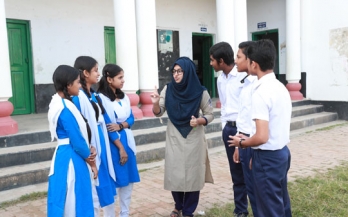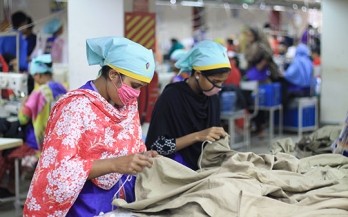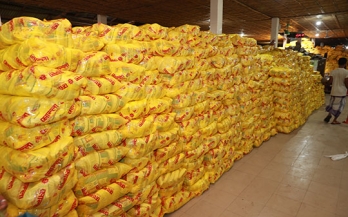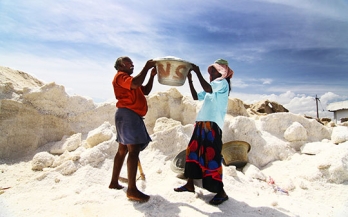Eight in ten female readymade garment (RMG) workers in Bangladesh suffer from anemia, a condition which damages both health and productivity. This study evaluated the effectiveness of a workplace nutrition program on anemia reduction in female RMG workers of Bangladesh.
In Bangladesh, high rates of undernutrition persist among adolescent females living in low‐income households. Qualitative research was carried out to examine individual, social, and environmental factors influencing eating behaviors of female adolescents between 15‐19 years of age living in low‐income families in urban and rural settings in Bangladesh.
This situation analysis report presents an overview of the current practices in food and day-care-service provision in 15 ready-made garment factories in Bangladesh. It is part of the operational research for the project, "Improving Nutrition of Female Garment Industry Workers and Their Children in Bangladesh.
Given the widespread deficiency of zinc in Bangladesh, and the lack of national prevention programs, this study focused specifically on increasing the zinc content of the rice grain. The findings from this report suggest that there is a portfolio of options that can and should be considered as part of an agriculture-nutrition strategy in Bangladesh.
In this paper, we used national prevalence estimates among girls and young women 10–22 y of age from the 2014 State of Food Security and Nutrition in Bangladesh report as an example to demonstrate that determining the true prevalence of undernutrition, overweight, and obesity is complicated by racial/ethnic variation across populations in timing of the adolescent growth spurt, growth potential, and body build.
The garment industry has contributed significantly to the economic growth of Bangladesh over the past decades accounting for 82% of the country’s USD 31.2 billion export industry. The garment sector employs directly approximately 4.4 million people, and indirectly 20 million people.
Little is known about how different delivery platforms can be used to reach nutritionally at risk populations with micronutrient powders. This study examined impact, on anemia and iron deficiency, of the sale of micronutrient powders.
Regression analyses of data from stratified, cluster sample, household iodine surveys in Bangladesh, India, Ghana and Senegal were conducted to identify factors associated with household access to adequately iodised salt.
The aim of this study was to review experience of the use of iodized salt in the food industry globally, and analyze the market context in Bangladesh and Pakistan to test whether this experience may be applicable to inform improved national universal salt iodization programming in developing countries.
Household coverage with iodized salt was assessed in 10 countries that implemented Universal Salt Iodization.










